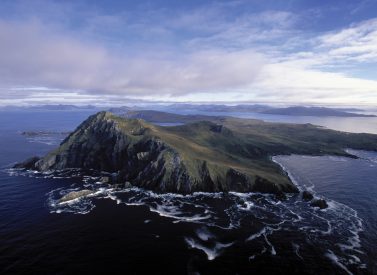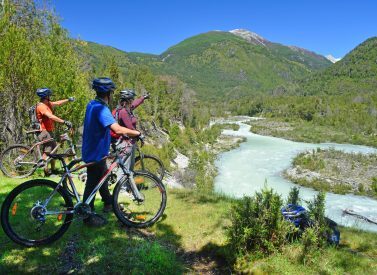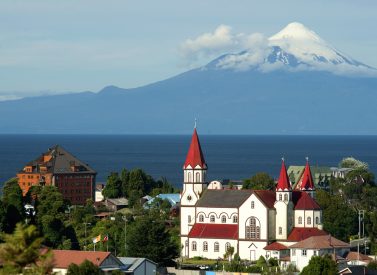
Trek & Hike in Cochamo, Chile Lake District
Hike the remote La Junta Valley, Cochamo, in hidden, remote Patagonia.
La Junta Valley has been called Chile’s Yosemite and it’s easy to see why.
From your mountain lodge base you can explore this stunning and remote valley on foot, trekking along different mountain trails amongst the granite peaks of La Junta.
The Cochamo Valley is located where the Andes merges with the Pacific Ocean forming the first Patagonian fjord.
The innumerable lakes, rivers and mountains around the valley set an extraordinary stage for trekking.
With this flexible itinerary, we can also offer horseback excursions, cycling and sea kayaking.
More on Cochamo trekking
The Cochamo Valley is only 90km from Puerto Varas and opens onto the Reloncavi Estuary.
The valley is sparsely populated with fewer than 4,500 inhabitants and is relatively unknown outside the area, with limited road access.
This means that it is a trekker’s paradise and the chances of meeting other walkers, apart from the locals, on the many mountain trails are minimal.
Trip Highlights
Print Share Download as PDF-
Trekking in a hidden corner of Patagonia.
-
Flexible itinerary - add in sea kayaking, horse riding and more.
-
Beautiful mountains and rivers keep you company at all times.
-
See how the locals live in this beautiful and remote area.
Can't think of anything that was not great about the trip ... great food, great people, amazing scenery, brilliant strong horses, cosy comfy accomodation. excellent treking great guides, crystal clear water of the most incredible aquamarine, giant alerces, granite outcrops, challenges, friendship, laughter..... sure you can post my comments ...but part of me wants to keep it a secret.
Wonderful ...so glad I lucked upon your site ...again thanks.
M. Benbow, Cochamo
Full Itinerary
Day 1: Transfer Puerto Montt or Puerto Varas to Cochamo, refugio Cochamo (L,D)
We drive down the scenic coastal road that will take us to the town of Cochamó located by the Reloncavi Estuary, the first Fjord of Patagonia.
Here we will meet with the local guide (arriero) to load the horses that are going to carry all our gear. Hike up the valley (5 miles, 9km)covered withrainforest and amazing views of granite walls.
Once in Las Juntas we rest and spend the night in Refugio Cochamó.
Day 2: Trek into La Junta Valley, Arco Iris Hill, refugio (B,L,D)
Today is a big day, when the sun rises we will be surrounded by granite mountains. We will climb up and into the forest having a close look of mañíos, coigües, alerces and lenga trees.
After 5 hours walking and climbing, (two fixed ropes, easy and safe to do) we will be in the highlands of Cochamó Valley, place of Condors and climbers.
After a nice lunch we will walk back to the refuge to celebrate the day (8km / 5 miles in total), surrounded by stunning scenery all the way.
Day 3: La Paloma, refugio (B,L,D)
As we go higher up the valley we get different views of our beautiful surroundings.
We cross La Junta River, see old alerce rodales and pass by two climbing areas (6km walk in total).
Day 4: La Junta, Trinidad Sur, refugio (B,L,D)
Today we take a new route back to Las Juntas to visit some beautiful waterfalls; we will cross rivers and penetrate into ancient forests where the path is sometimes hidden.
Only a few know this old route used by the local people to reach Las Junta (8km / 5 miles in total).
During our hike we can see the valley from many different angles, and finally reach the refuge. Everyone mucks in for a special dinner to celebrate our final day in Cochamó.
Day 5: Trek out, transfer Puerto Varas, tour ends (B,L)
After a big breakfast we will start heading back to Puerto Varas.
We walk for 9km with the slope in our favour and reach the road where our van will be waiting for us and take us to Puerto Varas, where the trip ends.
Prices From $1,700 / £1,382 per person
What's Included?
Transfers, accommodation and meals as listed, bilungual English-speaking guide, treated water, trekking trip
What's Not Included?
Flights (we can look for these for you), alcoholic or soft drinks, services not mentioned, tips, personal items, insurance
Accommodation
The lodge is nestled amid the towering granite peaks of La Junta, about 20 kms upstream in the Cochamó River Valley.
It can be reached only on horseback or on foot, along the centuries-old Cochamó Trail, that passes through lush rainforest. This traditional farmhouse offers a welcoming family feel – and countless opportunities to hike, ride, climb, swim, fish, and revel in nature.
The main house is surrounded by a garden covered by a variety of flowers where birds come to nest, one of Francoise’s prides. It is a very cozy and warm place where we’ll share meals and pre-dinner drinks with Francoise Dutheil, our island host.
Tour Staff
All staff and guides are locals and know the area intimately.
Meals
Almost all dietary requirements can be catered for – please ask.
While trekking, you usually wake early, around 07.00. You sleep in a cosy bed each night, and meals are eaten in a dining room – it’s very much like a home from home. It will be a mix of hot drinks, cereals, fruits and toast with jams, and home-cooked food.
After breakfast, packs are prepared and your guide will explain the day’s walk, and you typically walk 3-4 hours in the morning before lunch, with a short or break or two en route.
Lunch, while out walking, will be sandwiches, fruit, snacks etc.
After an hour or so for lunch – depending on weather conditions – you will continue your walk, usually 2-4 hours more, although some days are shorter or longer than others, and then relax back at the refugio.
Evening meals are large and feature bread, vegetables, meats and hot drinks, rice and pasta dishes.
After eating, you can choose to socialise with team members, relax in the refugio, or take in the views. It can get cold very soon after sunset, so most people will fall asleep early and then rise early the next day, helping to conserve energy.
Activity Level
You need to have a good level of fitness for the trip, as the fitter you are, the more you will enjoy it.
Those with no previous trekking experience can trek here, although experience of hiking in remote areas is beneficial. These is no high altitude to worry about on this trip.
The trip is open to anyone with a positive attitude who wants to walk in a stunning and remote part of the Patagonian Andes.
Note: The treks in La Junta cabd take anything from 5 – 8 hours (depending very much on fitness & stamina and, occasionally, on the weather).
Visitors’ requirements are assessed on arrival and there is flexibility to shorten/lengthen or suggest other routes, based on discussions.
Sample treks:
Cerro Trinidad. 7-8 hours round trip. Approx. 4kms. Elev. Gain: +/- 900 m . Steep.
Arco Iris Rainbow Trail. 6-7 hours round trip. Approx. 3.5kms. Elev Gain: +/- 900 m . Steep.
La Paloma Ice Valley. 5-6 hours round trip. Elev. Gain: +/- 300 m . Some steep, some flat.
Nature Trail (easy). 1-2 hours round trip. 1.5 kms. Elev. Gain: +/- 100m
On a couple of the trails (Arco Iris & Cerro Trinidad), there are logical ‘half-way’ points, at which one could stop and decide to turn back, still very satisfied with the exercise and the scenery.
Practical Information
Introduction to Patagonia
For most people, Patagonia evokes a vast, windblown plateau, jagged mountains and the life of the gauchos.
The steppe that occupies much of southern South America is only one aspect of a magical region, jam-packed with amazing and contrasting landscapes.
Patagonia (latitudes 40°-55°, approximately) embraces a vast portion of southern Chile and Argentina, from the Rio Colorado in the north, to Tierra del Fuego in the south.
For convenience, we have divided the region into three zones: the Lakes District of northern Patagonian, central Patagonia and southern Patagonia.
Geography of Patagonia
Southern Patagonia (latitudes 49° to 55°), encompassing the southern Andes of Chile and Argentina plus Tierra del Fuego, has an altogether more vertical aspect than the rest of Patagonia.
As the continent tapers towards its southern point, the Andes take on new characteristics and offer some truly impressive panoramas.
Much of southern Patagonia is characterized by virgin landscapes where man’s hand has either not been present or, because of the scale of the landscapes, goes almost unnoticed. To the west of the semi-arid Patagonian plateau, mile-high granite spires – e.g. Cerro Torre and Fitzroy in Argentina and the Torres and Cuernos del Paine in Chile – rise abruptly from the Andean foothills, while vast blue glaciers, fringed by southern beech forest, gouge out thevalleys below.
At the heart of these magnificent landscapes lies the South Patagonian Ice Field, an utterly remote icy wilderness spanning hundreds of kilometers, whose glaciers – including the Perito Moreno and Upsala – are tens of kilometres long by severalkilometers wide.
Also characteristic of the southern Patagonian Andes are its turquoise, iceberg-filled lakes. To the west lies the southern portion of the Chilean Archipelago, comprising snow-capped islands and fjords.
Across the Magellan Straits from mainland Patagonia lies Tierra del Fuego which, like the rest of Patagonia, is divided between Argentina and Chile.
The north and east of Tierra del Fuego is flat, but flanking the Beagle Channel in the south, the tail end of the Andes provide very dramatic mountain scenery.
The Lake District (latitudes 40° to 45°) or the Araucania, is a region of dramatic conical volcanoes, evergreen, high-canopy forests and, of course, lakes.
It straddles the Chile-Argentine border, and also takes in Chiloe island, in the extreme north of the Chilean Archipelago. This region stretches from Temuco in the north to Chiloe in the south.
Central Patagonia (latitudes 45 to 49) is one of South America’s best-kept secrets. The vast wilderness area can be divided in two:
- The dry band of Andean foothills and wind-blown plateau lying on the Argentine side of the Andes. This remote area is traversed north to south by a gravel highway known as the Ruta Cuarenta (Highway 40).
- The Chilean portion to the west of the Andean watershed, often referred to as the Careterra Austral (after the little-used gravel highway that crosses it from north to south).
This huge region, embracing the sparsely-inhabited southern Araucaria and Aisén Region, features temperate rainforests, snow-peaks (often extinct volcanoes), lakes and, to the west, the Chilean Archipelago: a labyrinth of fjords and mountain-islands. This, the Chilean portion of central Patagonia, boasts the northernmost of Patagonia’s many giant, sea-level glaciers.
The San Raphael Glacier, probably this region’s most famous landmark, is an immense hanging glacier whose seracs calve into an iceberg-filled lagoon.
Find out more about Patagonia with our blog about its wildlife.
Weather
Chilean Patagonia, in the south of the country, has a climate with lower temperatures compared to the rest of Chile.
Lake District and Patagonia
It can be better to go in the Austral summer (Oct-March). Daylight hours are much longer at this time, with Nov-Feb being popular times to visit. October and March can be very colourful and vivid with less visitors, but weather can be more blustery.
In Patagonia, the weather is, putting it mildly, variable, and variable on a daily basis. It is usually cool and windy all year round but seldom does the temperature fall below freezing point. Some days start with snow and end in balmy sunshine. It is always interesting, and can range from 10°C-20°C in the summer, although the wind can make it feel chilly.
The vast unbroken stretch of ocean to the west and south of the South American continent leaves the Patagonian Andes very exposed to the saturated winds that circle the Antarctic landmass. Also the South Patagonia Ice field influence makes the weather hard to predict. In spring or early summer fine weather may deteriorate almost without warning, bringing rains and eventually snow. Even in summer (Dec-Mar) you should come prepared to find cold, strong winds (up to 130 km/hr) and rainfalls. The summer’s average temperature is 11ºC/52ºF (24ºC max, 2ºC min).
Winter visits to these southern areas are possible, but many hotels close and not all trips are possible. Daylight hours can be very short, but the lack of visitors can greatly improve chances of seeing wildlife in parks such as Paine.
The Lake District’s temperate climate can be said to resemble that of the UK, with rain possible but also enjoying long spells of fine, fresh weather in the summer (Oct-March).
Kit list
Good kit is vital for every trip.
Book with Andean Trails and get 15% off Páramo’s fantastic ethical and high performance outdoor gear.
Overview
When planning for the varied climatic conditions encountered in Patagonia, layering is the most practical and versatile clothing system. It’s worth remembering that our clothing keeps us warm by retaining and isolating the heat we ourselves create.
To best maintain body heat, several layers of lightweight, warm and quick-drying clothing are far more efficient than one or two thick layers. Layers should have the following qualities:
- Breathability (able to wick away the humidity produced by sweat):
- Isolation (able to keep in the warm air our body produces); and
- Impermeability (able to impede the passing of wind and water).
First (base) layer: This layer wicks the sweat away from our skin, thus helping keep the body dry and warm. To this end, synthetic fabrics such as polypropylene should be used.
Mid layers: These isolating layers should also be synthetic (e.g. the known polar linings such as polartec or windblock, which are light and insulate twice as well as wool). Very important layers for retaining body heat.
Outer layer / shell: Finally, the vital layer which protects us from climatic adversities. A breathable, wind-proof and waterproof anorak, such as Goretex.
Give plenty of thought to kit selection, and try to keep weight down.
Below is a more detailed kit list.
Detailed kit list
- Sleeping bag liner (optional), for hygiene purposes.
- 2 pairs synthetic inner socks (e.g. polypropylene, thermastat, coolmax) and 2 pairs thick loop-stitch/wool socks for cold.
- Trekking boots – should be well broken-in, waterproof and provide good ankle support.
- Trainers/sandals for city-wear, evenings at lower camps & river crossings.
- Base layer leggings (1 pair).
- Thick fleece leggings (or salopettes) (1 pair).
- Goretex-type over-trousers (or salopettes) (1 pair).
- Gaiters (optional).
- Trekking trousers (2 pairs).
- Shorts – wear sparingly in early stages at altitude, as sun burns.
- Thermal base layer shirts (2).
- Microfleece mid-layer shirt (1).
- Shirt/t-shirt 1 or 2 for lower altitudes. Long-sleeved, collared shirt protects against sun
- Fleece jacket or similar (1).
- Warm jacket (down or synthetic). For camp and upper slopes.
- Waterproof Goretex-type jacket.
- Broad-brimmed sunhat, essential.
- Warm hat, fleece or wool. (N.B. Up to 30% of body heat can be lost through the head).
- Sunglasses with UV filter.
- Scarf for cold.
- Bandanna – to protect neck from strong sun.
- Light inner gloves
- Warm gloves, e.g. fleece, and outer waterproof gloves or mittens (1 pair)
- Mittens allow you to keep the fingers together, and better conserve heat (though they also make it difficult to perform certain tasks).
- Daypack (at least 30-50 litres). Comfortable and with waterproof lining or cover.
- Large rucksack or suitcase.
- Pair of telescopic trekking poles (optional).
- Water bottle (2 litres approx.) & purification tablets.
- Personal first-aid kit to include: painkillers, plasters (band-aids), moleskin, anti-biotic cream, after-bite (tiger balm), anti-diarrhoea tablets, throat lozenges, re-hydration salts & personal medication.
- Insect repellent.
- Towel & wash-kit.
- Wet Wipes/antiseptic hand-wash cream.
- Toilet paper (1)
- Sunscreen (factor 50+) and lip salve.
- Head-lamp (plus spare bulb and batteries).
- Penknife.
- Plastic bags – ‘Zip-loc’ & tough bin liners.
- Camera and film / memory cards (take at least twice the amount you think you will need!).
- Book, e-book, mp3 player/iPod or other for free time.
- Binoculars.
- Spanish/English phrasebook.
- Extra snacks i.e. cereal bars or favourite chocolate bars.
All non-personal trekking / camping gear e.g. tents, cutlery etc is provided.
Miscellaneous others
- Money belt.
- Passport.
- U.S. dollars cash, mixed-denomination notes, undamaged and unmarked.
- ATM cash/credit card.
- Personal & medical insurance certificates.
ATOL holiday protection
Andean Trails has 25 years of experience of putting together the best South America holidays.
We pay a fee to the CAA for every licensable passenger we book since we hold an Air Travel Organiser’s Licence granted by the Civil Aviation Authority. In the unlikely event of our insolvency, the CAA will ensure that you are not stranded abroad and will arrange to refund any money you have paid to us for an advance booking.
We also offer ATOL (Civil Aviation Authority) protected holidays to give our customers peace of mind when booking and travelling.
When you buy an ATOL protected air holiday package from Andean Trails Ltd you will receive a Confirmation Invoice from us confirming your arrangements and your protection under our Air Travel Organiser’s Licence number 6275.
You can read more about ATOL, who is covered and what protections you have if not ATOL-covered, on our ATOL page.
What is ATOL?
The CAA’s ATOL scheme offers protection to your money and your holiday if you book with us. Not everybody is covered (see ‘Who is covered?’ for more), as you must purchase an ‘air package holiday’ with Andean Trails to be protected.
And ‘air package holiday’ is defined as including a flight and some ground services (hotel, transfer, trek etc). This is also known as an ‘ATOL-protected holiday’.
Who is covered?
To be covered by ATOL, you must book a flight and some ground services with us and be from the UK. If you are from the UK and only book ground services and no flights, you are not covered by ATOL (see below for more on how non-ATOL clients are covered).
If you are outside the UK and buy flights with us, you will be ATOL protected IF any of the flights booked with Andean Trails touches/stops in the UK at any point during your holiday package booked with us.
If you buy your flights elsewhere, please check with that agent if you are ATOL protected. Be careful with online flight purchases and make sure you know what protection you have, if any, before paying for flights.
Not all holiday or travel services offered and sold by us will be protected by the ATOL scheme. Please ask us to confirm what protection may apply to your booking.
For land only holidays not involving any air travel, in accordance with “The Package Travel, Package Holidays and Package Tours Regulations 1992”, all UK passengers booking with Andean Trails Ltd. are fully protected for the initial deposit and subsequently the balance of all money paid to us, arising from cancellation or curtailment of travel arrangements due to the insolvency of Andean Trails.
I’m not ATOL covered, what protection do I have?
If you are not ATOL covered, any payments you make to us go to a Trust account.
We can only access this money once your tour has been completed, meaning that if anything happens to Andean Trails Limited while you are on holiday, then your money is secure and you can either complete the trip or be able to make it home.
If you pay for your holiday with a credit card, some offer payment protection – please check with your cardholder.
You also should have cancellation protection written into your insurance (which we recommend you have at the time of booking) in case you need to cancel.
Chile Lake District
The Chilean Lake district is an area of snow capped volcanoes that overlooks pristine lakes surrounded by forests and rolling countryside.
The Northern gateway is Temuco Airport. A short drive is Villarrica Lake overlooked by the volcano of the same name. The monkey puzzle tree is autochthonous to the region and can be found all over particularly in Conguillio National park.
The town of Pucon is a great base from which to explore the nearby National parks, hot springs, Mapuche indigenous settlements and for the more adventurous rafting, canopy, trekking and climbing.
In the middle of the region you will find the private Huilo Huilo Biological Reserve, a protected area of Patagonian cold rain forest.
The Southern sector, whose gateway is Puerto Montt, is dominated by Lake Llanquihue and the conical Osorno Volcano.
A popular base is the town of Puerto Varas on the lake shore from where one can visit the local beauty spots or set off on adventures that include biking, kayak, trekking, rafting and much more.
This area combines very well with the Argentine Lake district and the towns of Bariloche and San Martin de Los Andes.
Chile, Atacama desert
The Atacama desert covers the northern quarter of Chile.
Said to be the driest in the world it is a melting pot of earthy tones ( red, yellow, purples, browns etc ), amazing rock formations, stunning mountains and volcanoes, flamingo speckled salt flats and some of the clearest skies on the planet.
San Pedro de Atacama is the ideal base to explore the nearby geysers, hot springs, salt flats, lakes, and at night be amazed by the star studded skies.
Those after adventure can pass the time trekking, biking, horse riding and exploring.
For a bit of culture the pre Columbian museum, colonial churches and pre Columbian archaeological sites will keep one fascinated and for the nature enthusiast the scenery, wildlife and environment won’t disappoint.
Chilean Patagonia
Chilean Patagonia is a pristine wilderness of fjords, glaciers, plains, mountains and forests.
Southern Patagonia’s main attraction is the Torres del Paine National park. The granite spires attract many visitors to what some have called the 8th Wonder of the World. The park is a trekkers paradise with two classic treks, the Paine W and the Paine Circuit.
Northern Patagonia, the Aysen region, is one of the least populated parts of the country and is blessed with spectacular countryside.
The main airport is Balmaceda near the city of Coyhaique and must see places include Lake General Carrera and the Marble Caves, The San Rafael Glacier, the Quelat Hanging Glacier as well as driving the Austral Road.
The Futaleufu River is a must for white water enthusiasts.
The region also offers great horseback opportunities as well as kayaking ones. Nature enthusiasts can admire the impressive scenery, imposing glaciers and fascinating wildlife and flora.
Aysen, Chile
The Aysen region is one of the great undiscovered destinations of Chilean Patagonia.
Here you will find the world renowned white-water of the Futaleufu river, the marble caves on Lake General Carrera, the San Rafael Glacier, the Quelat Hanging Glacier and stunning scenery.
This part of the country is the least densely populated, so if you want to get away from the crowds this is the place to come.
Access has always been difficult to the region – the principal airport Balmaceda and it was only opened up less than 30 years ago, with the construction of the Austral Road from north to south.
Central Coast of Chile
The central coast is a rugged coastline very reminiscent of California – here you will find a string of small fishing coves, holiday towns and cities.
The ramshackle city of Valparaiso, with its colourful houses perched on the hills overlooking the bay, is a cultural icon, with its Museum home of Pablo Neruda, the Chilean Nobel prize-winning poet.
The coastal town of Zapallar is a great place to get away from it all and recharge the batteries.
The Humboldt current means cold water temperatures and currents that are not conducive to sea swimming, but does provide some of the best seafood in the world.
There are plenty of seabirds, including pelicans, and seals as well as sea lions.
Puerto Natales, Chile
Puerto Natales has the feel of a small frontier town.
Located on the banks of the Last Hope Sound this town had its origins in the shipping out of lamb from the local estancias.
Now it is the gateway to the Torres del Paine National Park and boasts an impressive selection of accommodation and restaurants.
Nearby attractions include the Milodon Cave and a full day sailing tour to the Balmaceda and Serrano Glaciers.
If you have time it’s worth trekking to the top of the nearby Dorotea hill for a spectacular view of the surrounding country side.
Santiago, Chile
Santiago, Chile’s vibrant capital sits in the middle of this thin long country flanked by some of the highest peaks of the Andes.
The city reflects the prosperity of the Chilean economy with a modern architecture particularly in the east of the city.
However there is still plenty for traditionalist to explore in the centre of the city including the Moneda Palace, Cathedral, Central Market with its array of fish restaurants and the pre-Columbian Museum.
There are lots of day trips nearby, from vineyard visits to Valparaiso, making Santiago a great base from which to explore.
Torres del Paine National Park, Chile
The granite spires of Chile’s Torres del Paine National Park are one of the great draws to Patagonia.
The Horns of Paine and the Towers of Paine look down on a network of valleys and lakes punctured by the odd glacier, which are a trekker’s paradise.
There are two classic treks, the Paine W and the more challenging Paine Circuit.
As well as the spectacular scenery the flora and fauna are great attractions and you will find many herds of guanacos as well as rheas, the odd Pudu – a rare miniature deer.
And if you are lucky, even a puma.
Vineyards of Chile
Chile is home to world famous wines and vineyards.
Its wine country surrounds the Metropolitan region of the capital, Santiago, making visits easy.
Many wineries can be visited as day trips from Santiago or there is the option to stay in a winery or hotel in the wine country.
The Colchagua Valley, a 3-hour drive from the city, has become a popular destination with a good offer of hotels in and around the town of Santa Cruz.
There are opportunities for visits to the wineries with tours of the production facilities and tastings. Mountain bike and horse back rides are also an option.
This part of Chile’s is also the heartland of Chiles rural traditions and the Chilean Huaso – cowboy and its traditional dances and music.
Prices From $1,700 / £1,382 per person
Guide price 2022, per person
Contact us for more
Shorter/longer stays possible
Single supplement applies

Dates & Prices
Prices From $1,700 / £1,382 per person
Guide price 2022, per person
Contact us for more
Shorter/longer stays possible
Single supplement applies
Can’t find what you’re looking for? Get in Touch
+44 (0)131 378 5593
+44 (0)131 554 6025



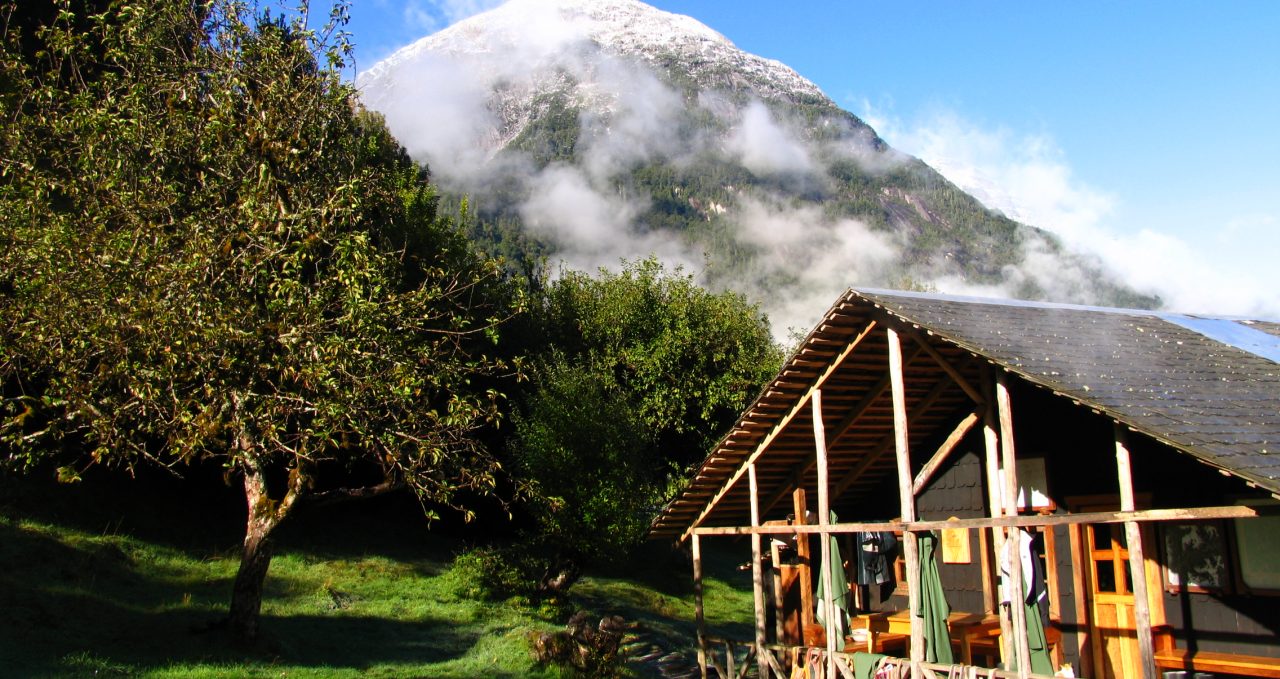
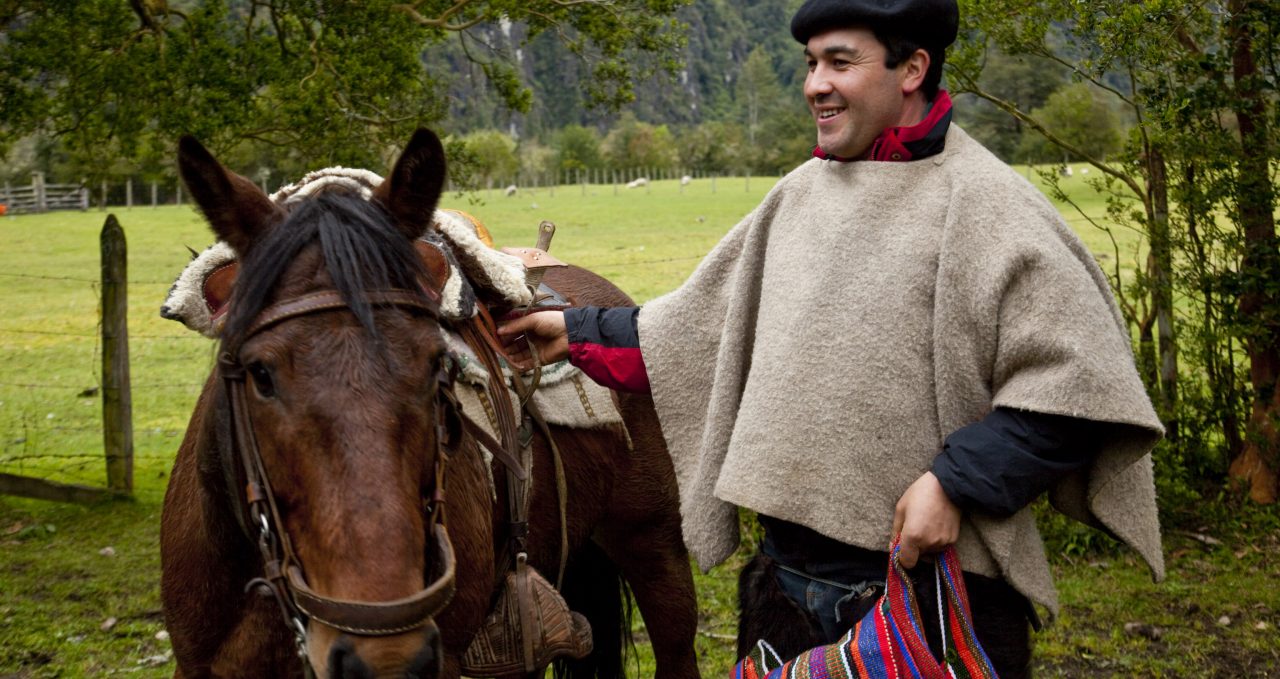
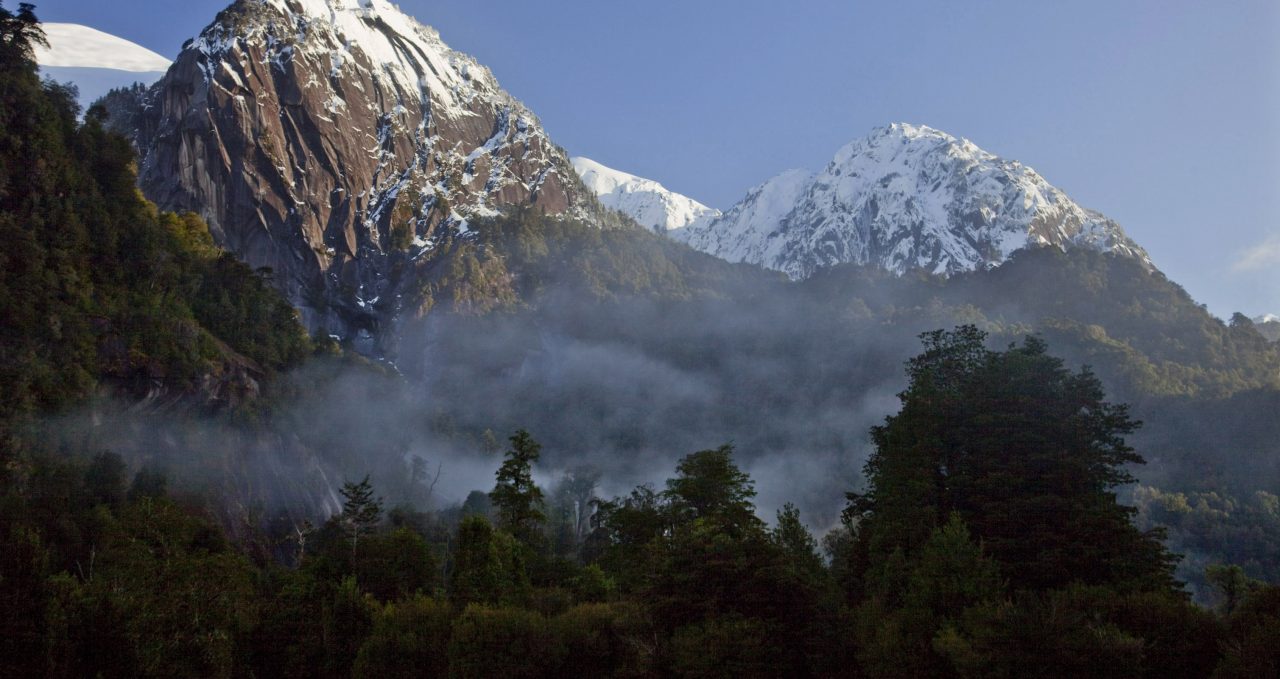
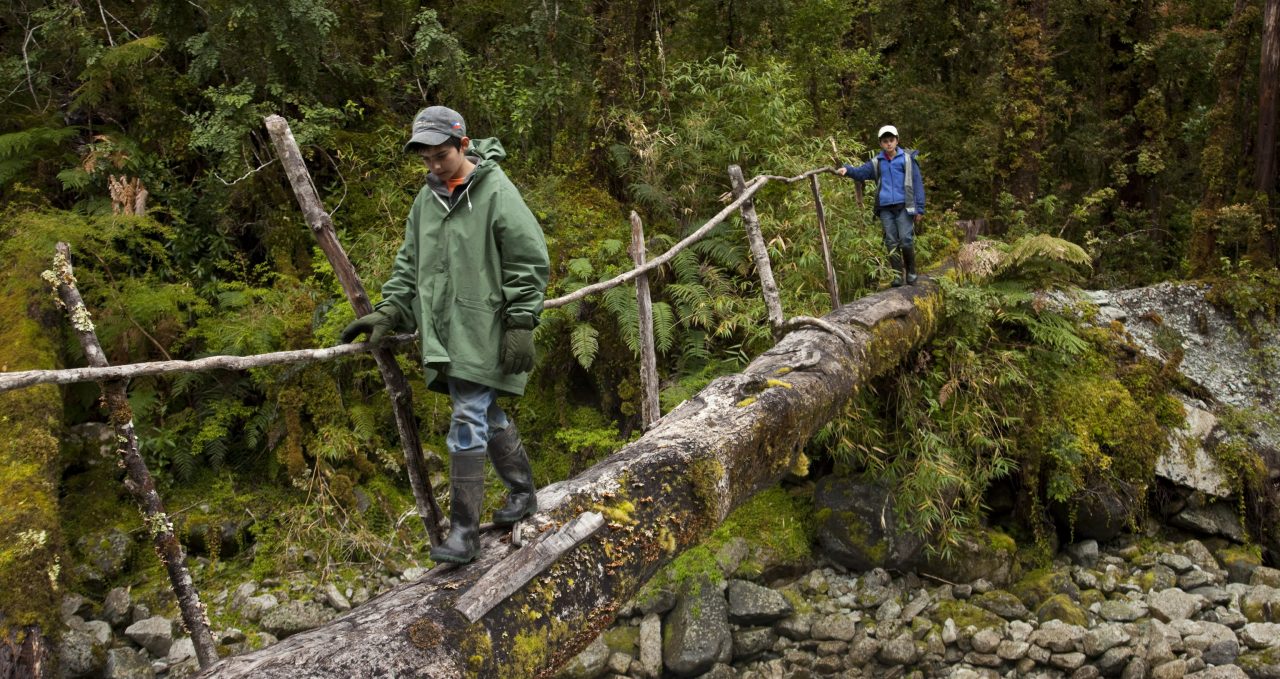
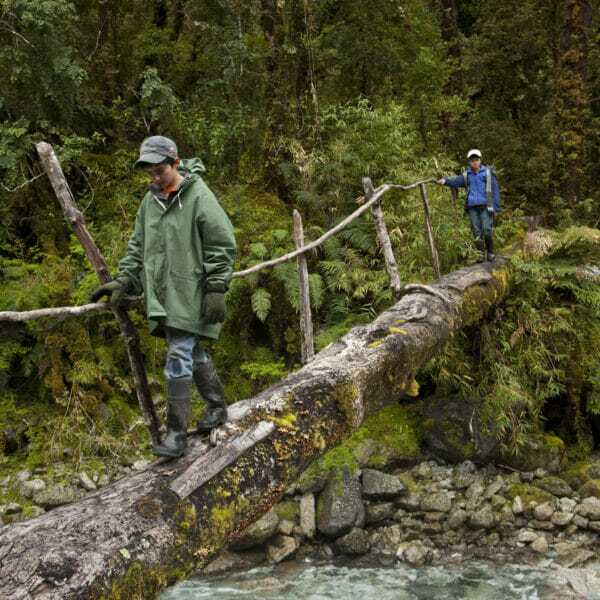
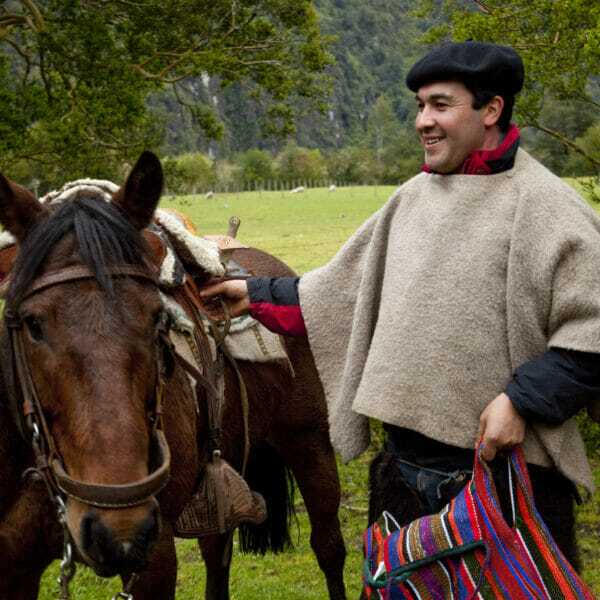
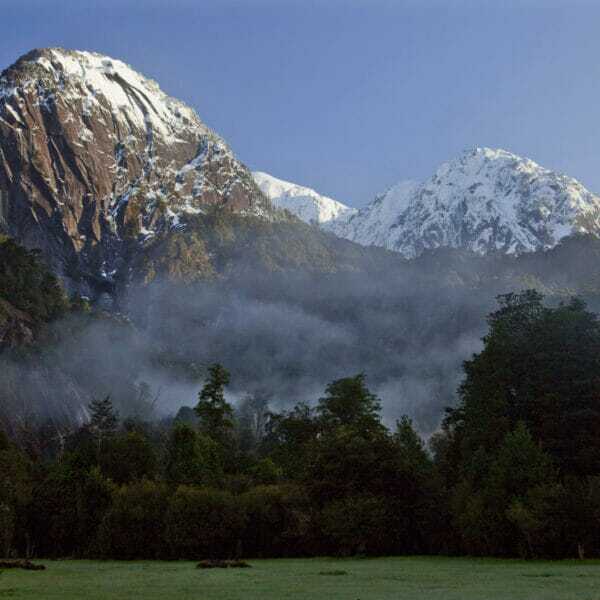
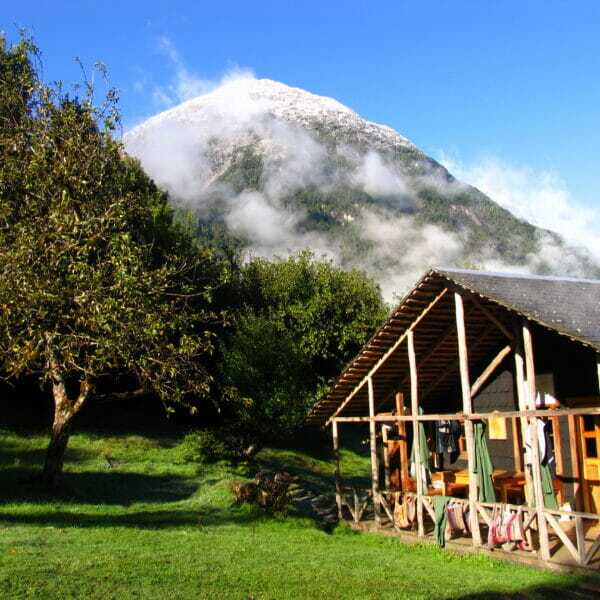
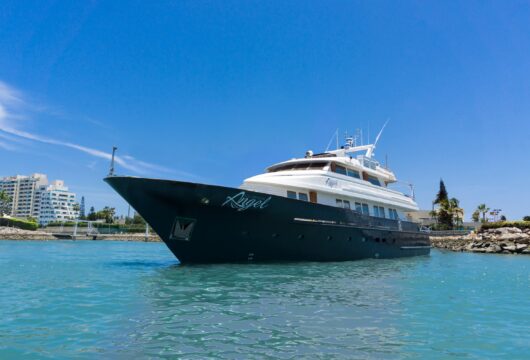
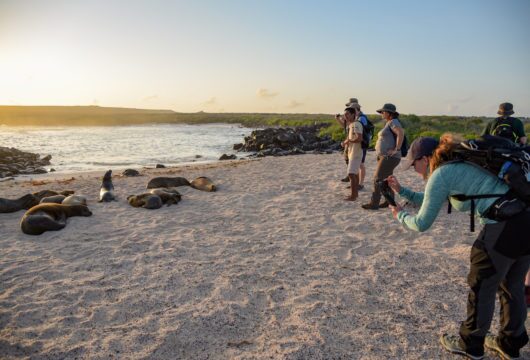
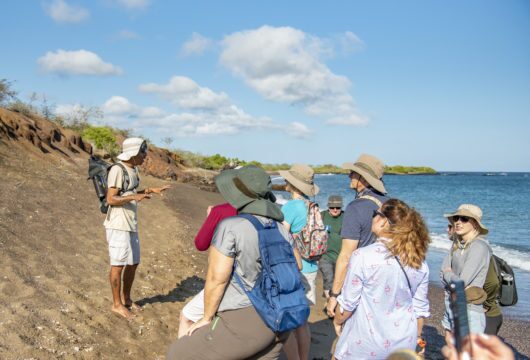
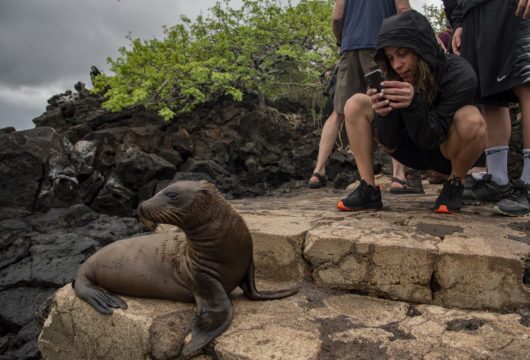
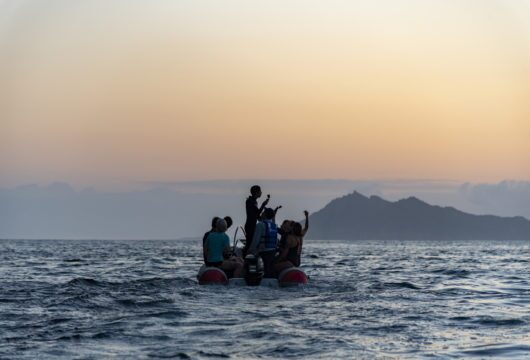
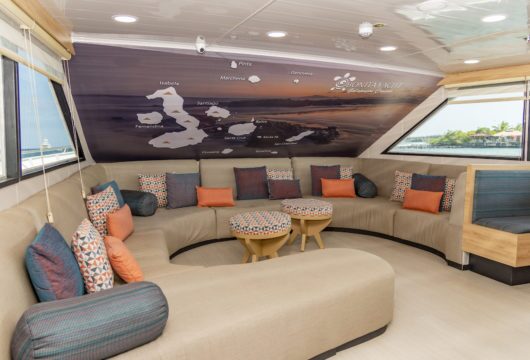
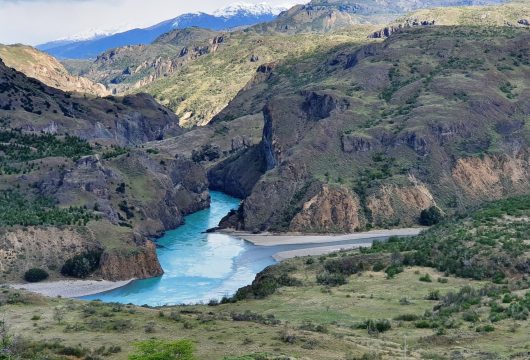
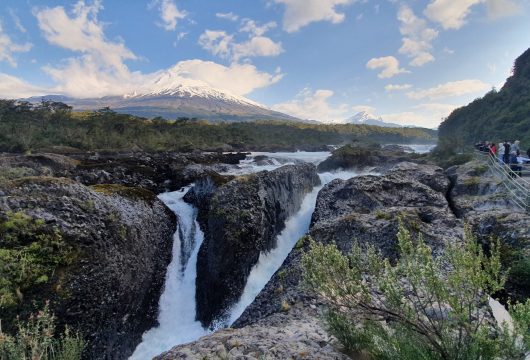
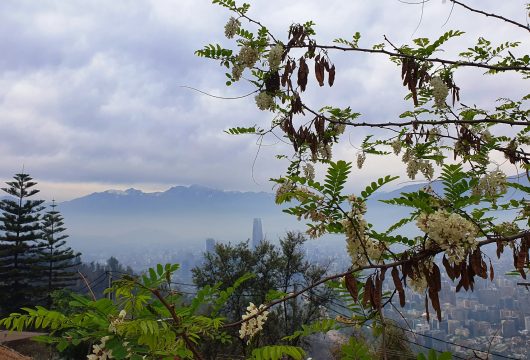
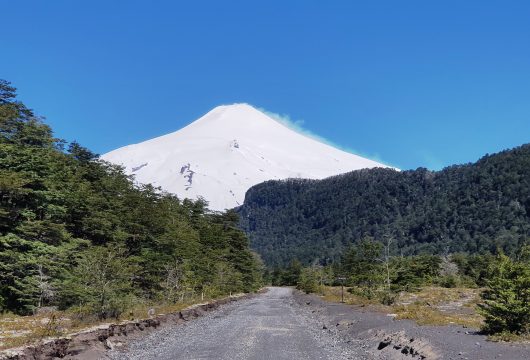
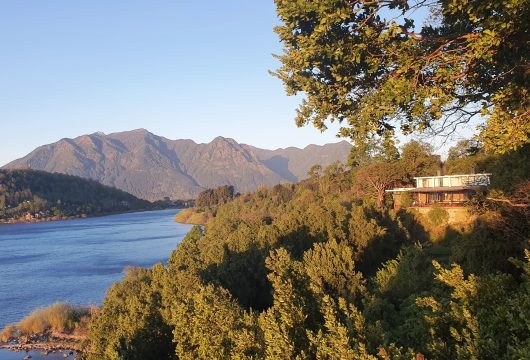
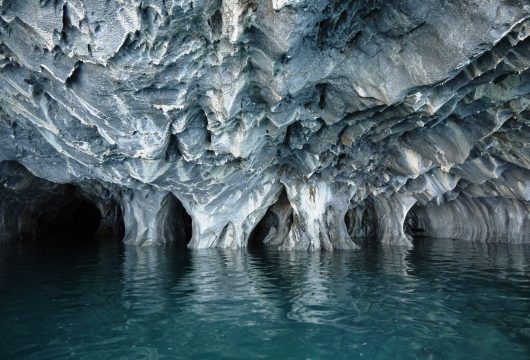
 a Tailor Made Tour
a Tailor Made Tour 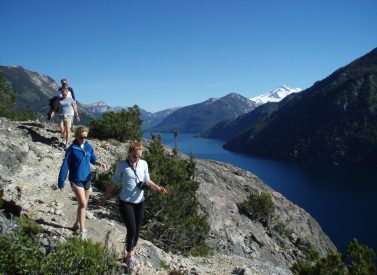
 a Group Tour
a Group Tour 